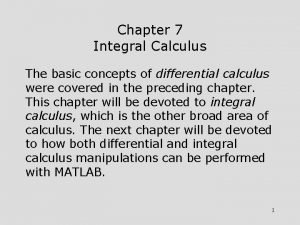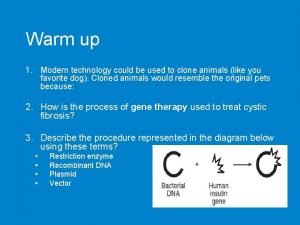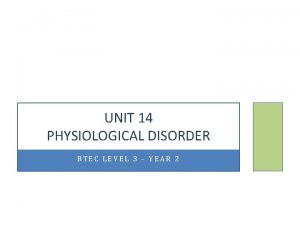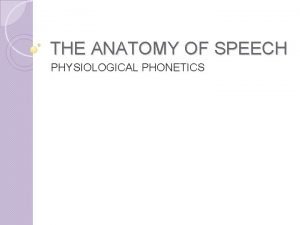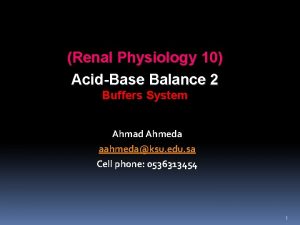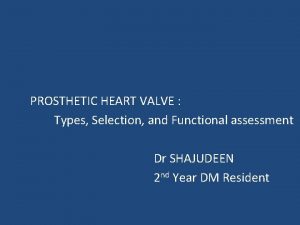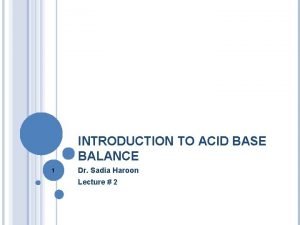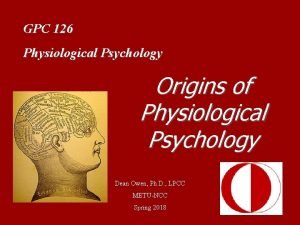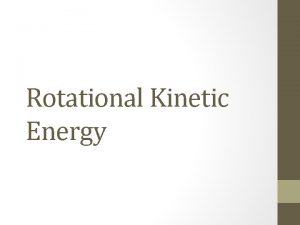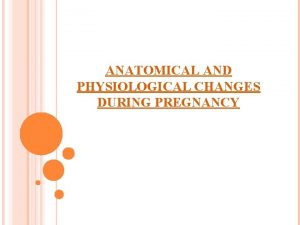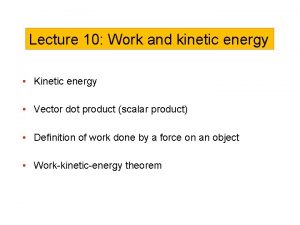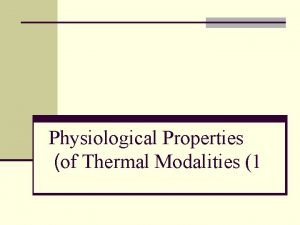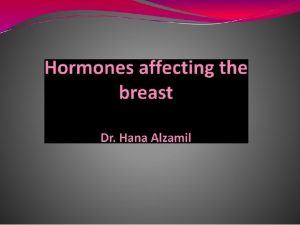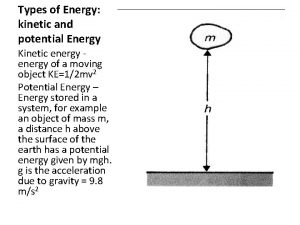Lecture 12 INTEGRATION OF KINETIC AND PHYSIOLOGICAL CONCEPTS































- Slides: 31

Lecture #12 INTEGRATION OF KINETIC AND PHYSIOLOGICAL CONCEPTS

Clearance vs. V vs. t 1/2 Increase V; Increase CL Decrease t 1/2; Increase CL Represented Mathematically:

k, t 1/2 and AUC Unspoken Assumption: First Order Exponential Decay Kinetics

Future • Current: Kinetics IV bolus dose • We will – Kinetics Extravascular Dose – Constant-Rate Input – Multiple-Doses – Disease – Non-linearities – Drug Interactions

PK Parameters vs. Physiological Variables • Primary PK Parameters – Protein binding, enzyme activity, blood flow and partitioning – Dose, V, CLH, CLR, CLINT, dose, fu, blood-to-plasma equilibration ratio, Q, QR, QH • Secondary PK Parameters – – Depend on Primary PK parameters Drug Concentrations, Rate Constants, AUC, Extraction Ratio (E) k = CL/V Observations • AUC = Adose/CL • CMAX = Adose/V • Cu = fu (Adose/V)

Hepatic Extraction Ratio (EH) High EH Clearance cannot exceed hepatic blood flow (QH) Low EH

Hepatic Extraction Ratio (Eh) • Enzymatic Activity/Concentration (CLint) • Hepatic Blood Flow (Qh) • Protein Binding (fu)

Low EH (Sensitive to Enzyme Activity) Inhibitor opioid analgesic drug Inducer Cytochrome P 450 3 A 4

Low EH (Sensitive to Enzyme Activity) Inhibited Hepatic Clearance (CLH) Hepatic Extraction Ratio (EH) CLint =1 L/hr fu = 1 Induced

Low EH (Insensitive to hepatic blood flow (QH)) Hepatic Clearance (CLH) Hepatic Extraction Ratio (EH) CLint =1 L/hr fu = 1

low EH (Sensitive to Protein Binding) Hepatic Clearance (CLH) Hepatic Extraction Ratio (EH) CLint =1 L/hr

low EH (Sensitive to k and t 1/2) Elim. Rate Constant (k) Half time (t 1/2) CLint =1 L/hr

high EH (Insensitive to Enzyme Activity) Heart Drug P 450 Inducer Pentobarbital Inhibitors? Cytochrome P 450 (P 450)

high EH (Insensitive to Enzyme Activity) Recall: Low Inhibition P 450 Inhibitor P 450 = Cytochrome P 450 Inhibitor synthetic opioid analgesic

high EH (Insensitive to Enzyme Activity) High Inhibition P 450 inhibitor P 450 = Cytochrome P 450 synthetic opioid analgesic

High EH (Insensitive to Enzyme Activity) d ibit e Inh ed ibit Hepatic Extraction Ratio (EH) Inh Hepatic Clearance (CLH) CLint =1000 L/hr fu = 1 Induced

high EH (Sensitive to Blood Flow) Reduce QH Local Anesthetic Anti-hypertensive

high EH (Sensitive to Blood Flow) Hepatic Clearance (CLH) Hepatic Extraction Ratio (EH) CLint =1000 L/hr fu = 1

high EH (Insensitive to Protein Binding) Hepatic Clearance (CLH) Hepatic Extraction Ratio (EH) CLint =1000 L/hr

high EH (Insensitive to k and t 1/2) Elim. Rate Constant (k) Half time (t 1/2) CLint =1000 L/hr

Hepatic Clearance (CLh) Summary • Low Eh – Sensitive to enzyme activity/concentration (CLint) – Insensitive to hepatic blood flow (Qh) – Sensitive to protein binding (fu) – Sensitive to k and t 1/2 • High Eh – Insensitive to enzyme activity/concentration (CLint) – Sensitive to hepatic blood flow (Qh) – Insensitive to protein binding (fu) – Insensitive to k and t 1/2

a b

Excretion Rate

fu vs. Renal Excretion Rate R n tio a Tot S tra l Fil tion e r ec ate R n tio a r t l Fi ate Glome ion R t a r t l i F s rulu

fu vs. Renal Clearance diuretic

T l ota Excretion Rate in mg/hr units n tio e r c Se Filtration Renal Extraction Rate (mg/hr) Renal Clearance (L/hr) Clearance in L/hr units al Tot n tio e r c Se Filtration

Relationship of ER and CLR

Rates vs. Clearance Increases with Cu Constant Increases with Cu

ER is variable Renal Extraction Ratio Excretion Rate r) e Tot e xcr E l a tio at n. R Sec r n etio e Rat Filtration Rate /h (mg/hr)

EH is essentially constant for high EH drugs Cannot change blood flow that much. Otherwise, you kill the patient. EH is variable for low EH drugs

Relationships
 01:640:244 lecture notes - lecture 15: plat, idah, farad
01:640:244 lecture notes - lecture 15: plat, idah, farad Forward integration and backward integration
Forward integration and backward integration Xiaomi bcg matrix
Xiaomi bcg matrix What is simultaneous integration
What is simultaneous integration Presentation integration model example
Presentation integration model example Integration basic concepts
Integration basic concepts Btec level 3 health and social care unit 14 coursework
Btec level 3 health and social care unit 14 coursework Unit 14 physiological disorders and their care
Unit 14 physiological disorders and their care Two types of maturity indices
Two types of maturity indices Whats a behavioral adaptation
Whats a behavioral adaptation Examples of physiological arousal
Examples of physiological arousal Example of physiological adaptation
Example of physiological adaptation Unit 14 health and social care level 3
Unit 14 health and social care level 3 James lang theory
James lang theory Physiological phonetics
Physiological phonetics Physiological buffer system
Physiological buffer system Reading is a physiological process
Reading is a physiological process Pannus
Pannus High arithmetic density
High arithmetic density 4 types of physiological measurements
4 types of physiological measurements Physiological effects of electricity on the human body
Physiological effects of electricity on the human body Physiological design
Physiological design Physiological factors affecting performance
Physiological factors affecting performance Physiological density
Physiological density Define primary and secondary motives
Define primary and secondary motives Smart bristow faradic coil
Smart bristow faradic coil Unit 14 physiological disorders assignment 1
Unit 14 physiological disorders assignment 1 Aggregation ap human geography
Aggregation ap human geography Phosphate buffer system equation
Phosphate buffer system equation Stroke volume pdhpe
Stroke volume pdhpe Hydrophytes plants
Hydrophytes plants Definition of physiology
Definition of physiology





